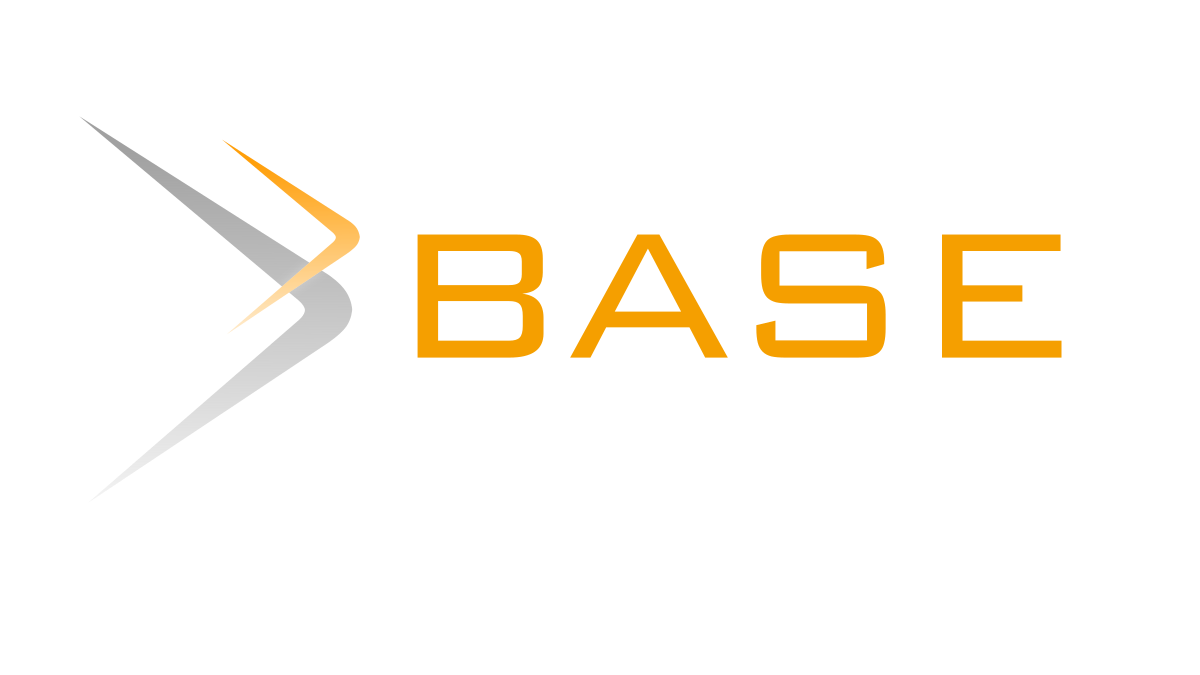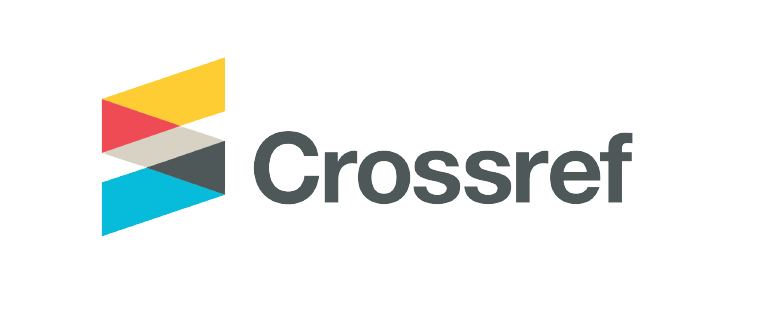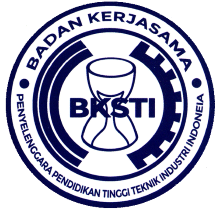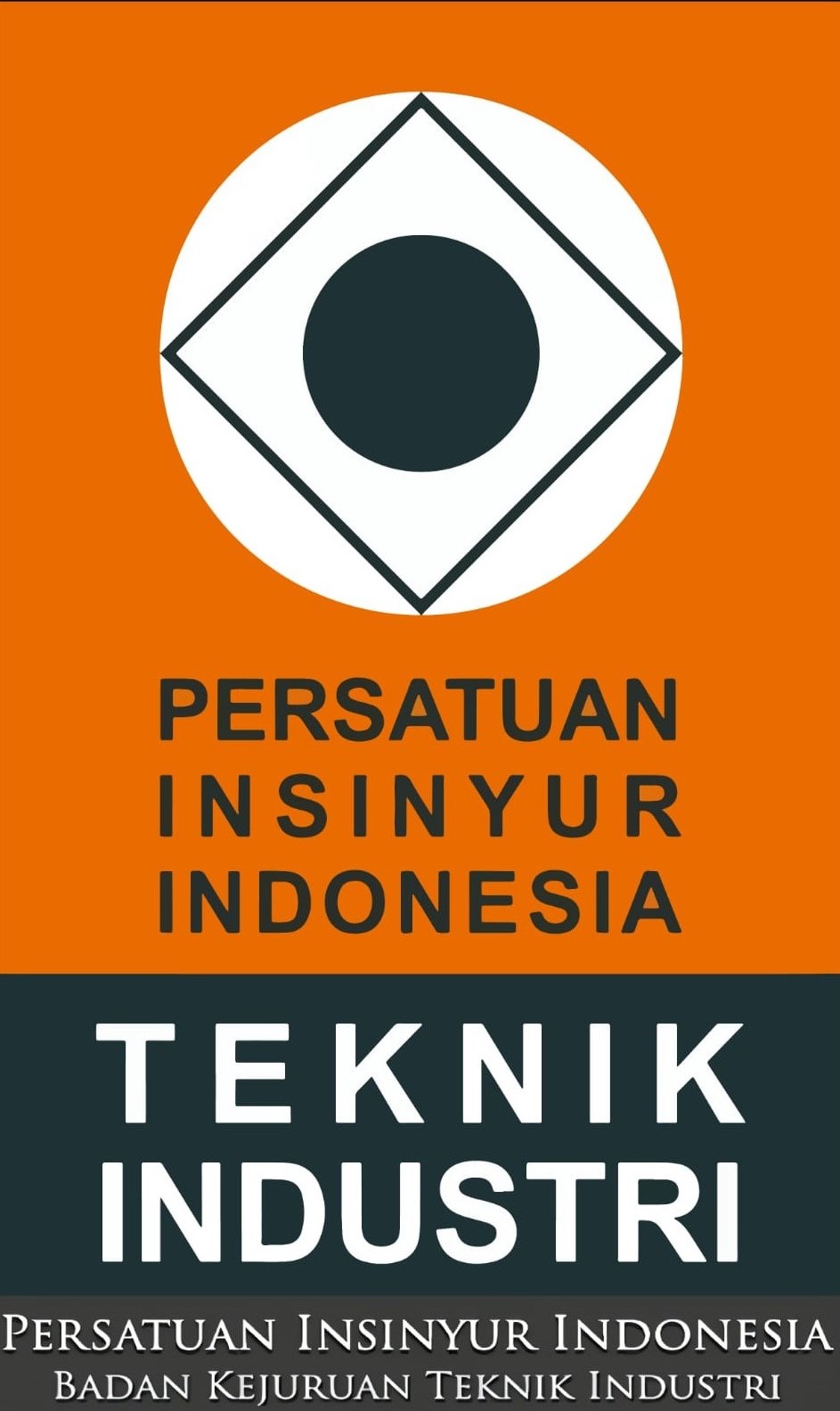Revenue Management Strategies in Airline Industry: A Literature Review
DOI:
https://doi.org/10.32734/jsti.v26i1.14363Keywords:
Airlines, Price Decision, Quantity Decision, Revenue Management, Structural DecisionAbstract
The airline industry has rapidly evolved, fostering intense competition among companies. This competition drives airlines to formulate strategies for revenue maximization, giving rise to Revenue Management. This literature review spans the past 13 years, examining the development of Airline Revenue Management methods. By analyzing 22 journals with at least Q2 and SINTA 2 indexing, three primary scopes emerge: Quantity Decision, Pricing Decision, and Structural Decision. Airlines predominantly employ dynamic pricing and programming to optimize revenue by adapting to ongoing changes. The development trend in Airline Revenue Management indicates a shift towards faster and more accurate processing through increased integration with simulation and algorithm programming. This paper identifies the three main scopes involved in revenue management strategies and explores the diverse approaches airlines take to optimize income. Notably, dynamic pricing and programming remain prevalent methods, adapting to changing decision variables. The evolving landscape emphasizes integration with advanced technology for efficient processing. The study utilizes numerical and case studies to exemplify the ongoing development of Airline Revenue Management methods within this dynamic industry.
Downloads
References
J. An, A. Mikhaylov, and S.-U. Jung, “A Linear Programming approach for robust network revenue management in the airline industry,†J. Air Transp. Manag., vol. 91, p. 101979, Mar. 2021, doi: 10.1016/j.jairtraman.2020.101979.
K. Huang and Y.-T. Liang, “A dynamic programming algorithm based on expected revenue approximation for the network revenue management problem,†Transp. Res. Part E Logist. Transp. Rev., vol. 47, no. 3, pp. 333–341, May 2011, doi: 10.1016/j.tre.2010.11.005.
Y. Li, A. Mahmoudzadeh, and X. B. Wang, “Airlines Seat Pricing with Seat Upgrading,†Multimodal Transp., vol. 1, no. 4, p. 100054, Dec. 2022, doi: 10.1016/j.multra.2022.100054.
W. Grauberger and A. Kimms, “Airline revenue management games with simultaneous price and quantity competition,†Comput. Oper. Res., vol. 75, pp. 64–75, Nov. 2016, doi: 10.1016/j.cor.2016.05.008.
K. T. Talluri and G. J. Ryzin, The Theory and Practice of Revenue Management. Springer Science+Bussiness Media, Inc., 2004.
B. Kitchenham, “Procedures for Performing Systematic Reviews,†Dep. Comput. Sci. Keele Univ., pp. 1–26, 2004.
Ş. İ. Birbil, J. B. G. Frenk, J. A. S. Gromicho, and S. Zhang, “The Role of Robust Optimization in Single-Leg Airline Revenue Management,†Manag. Sci., vol. 55, no. 1, pp. 148–163, Jan. 2009, doi: 10.1287/mnsc.1070.0843.
D. Zhang and W. L. Cooper, “Pricing substitutable flights in airline revenue management,†Eur. J. Oper. Res., vol. 197, no. 3, pp. 848–861, Sep. 2009, doi: 10.1016/j.ejor.2006.10.067.
A. Rusdiansyah, R. Dwi A. P., and N. Puspitasari, “Model Dynamic Pricinguntuk Penetapan Harga Tiket Pesawat Terbang Berbasis Waktu dan Persediaan Kursi dengan Mempertimbangkan Keputusan Kompetitor,†J. Tek. Ind., vol. 15, no. 1, pp. 45–56, May 2013, doi: 10.9744/jti.15.1.45-56.
S. Aslani, M. Modarres, and S. Sibdari, “On the fairness of airlines’ ticket pricing as a result of revenue management techniques,†J. Air Transp. Manag., vol. 40, pp. 56–64, Aug. 2014, doi: 10.1016/j.jairtraman.2014.05.004.
D. F. Otero and R. Akhavan-Tabatabaei, “A stochastic dynamic pricing model for the multiclass problems in the airline industry,†Eur. J. Oper. Res., vol. 242, no. 1, pp. 188–200, Apr. 2015, doi: 10.1016/j.ejor.2014.09.038.
Y. Fu, L. Song, K. K. Lai, and L. Liang, “Slot allocation with minimum quantity commitment in container liner revenue management: A robust optimization approach,†Int. J. Logist. Manag., vol. 27, no. 3, pp. 650–667, Nov. 2016, doi: 10.1108/IJLM-06-2013-0075.
M. Somboon and K. Amaruchkul, “Applied Two-Class Overbooking Model in Thailand’s Passenger Airline Data,†Asian J. Shipp. Logist., vol. 33, no. 4, pp. 189–198, Dec. 2017, doi: 10.1016/j.ajsl.2017.12.002.
G. J. Kyparisis and C. Koulamas, “Optimal pricing and seat allocation for a two-cabin airline revenue management problem,†Int. J. Prod. Econ., vol. 201, pp. 18–25, Jul. 2018, doi: 10.1016/j.ijpe.2018.04.021.
W. Wang, O. Tang, and J. Huo, “Dynamic capacity allocation for airlines with multi-channel distribution,†J. Air Transp. Manag., vol. 69, pp. 173–181, Jun. 2018, doi: 10.1016/j.jairtraman.2018.02.006.
A. M. Selc̣uk and Z. M. Avṣar, “Dynamic pricing in airline revenue management,†J. Math. Anal. Appl., vol. 478, no. 2, pp. 1191–1217, Oct. 2019, doi: 10.1016/j.jmaa.2019.06.012.
F. A. Fard, M. Sy, and D. Ivanov, “Optimal overbooking strategies in the airlines using dynamic programming approach in continuous time,†Transp. Res. Part E Logist. Transp. Rev., vol. 128, pp. 384–399, Aug. 2019, doi: 10.1016/j.tre.2019.07.001.
S. V. Venkataraman, A. Kaushik, and S. Mishra, “A network group booking model for airline revenue management,†J. Model. Manag., vol. 16, no. 3, pp. 861–903, Jul. 2021, doi: 10.1108/JM2-06-2020-0175.
R. Sahin and A. E. Ertugrul, “A new approach for airline revenue management: total revenue boundaries,†Pressacademia, vol. 9, no. 2, pp. 62–67, Jun. 2020, doi: 10.17261/Pressacademia.2020.1214.
M. Imai, T. Sato, and T. Shiina, “Revenue management problem considering overbooking in the aviation industry,†in 2021 10th International Congress on Advanced Applied Informatics (IIAI-AAI), Niigata, Japan: IEEE, Jul. 2021, pp. 855–860. doi: 10.1109/IIAI-AAI53430.2021.00149.
I. Koc and E. Arslan, “Dynamic ticket pricing of airlines using variant batch size interpretable multi-variable long short-term memory,†Expert Syst. Appl., vol. 175, p. 114794, Aug. 2021, doi: 10.1016/j.eswa.2021.114794.
M. Fukushi, F. Delgado, S. Raveau, and B. F. Santos, “CHAIRS: A choice-based air transport simulator applied to airline competition and revenue management,†Transp. Res. Part Policy Pract., vol. 155, pp. 297–315, Jan. 2022, doi: 10.1016/j.tra.2021.11.010.
S. Thirumuruganathan, N. A. Emadi, S. Jung, J. Salminen, D. R. Robillos, and B. J. Jansen, “Will they take this offer? A machine learning price elasticity model for predicting upselling acceptance of premium airline seating,†Inf. Manage., vol. 60, no. 3, p. 103759, Apr. 2023, doi: 10.1016/j.im.2023.103759.
H. He, L. Chen, and S. Wang, “Flight short-term booking demand forecasting based on a long short-term memory network,†Comput. Ind. Eng., vol. 186, p. 109707, Dec. 2023, doi: 10.1016/j.cie.2023.109707.
Downloads
Published
How to Cite
Issue
Section
License
Copyright (c) 2024 TALENTA Publisher Universitas Sumatera Utara

This work is licensed under a Creative Commons Attribution-ShareAlike 4.0 International License.
The Authors submitting a manuscript do so on the understanding that if accepted for publication, the copyright of the article shall be assigned to TALENTA Publisher Universitas Sumatera Utara as the publisher of the journal.
Copyright encompasses the rights to reproduce and deliver the article in all forms and media. The reproduction of any part of this journal, its storage in databases, and its transmission by any form or medium will be allowed.



















